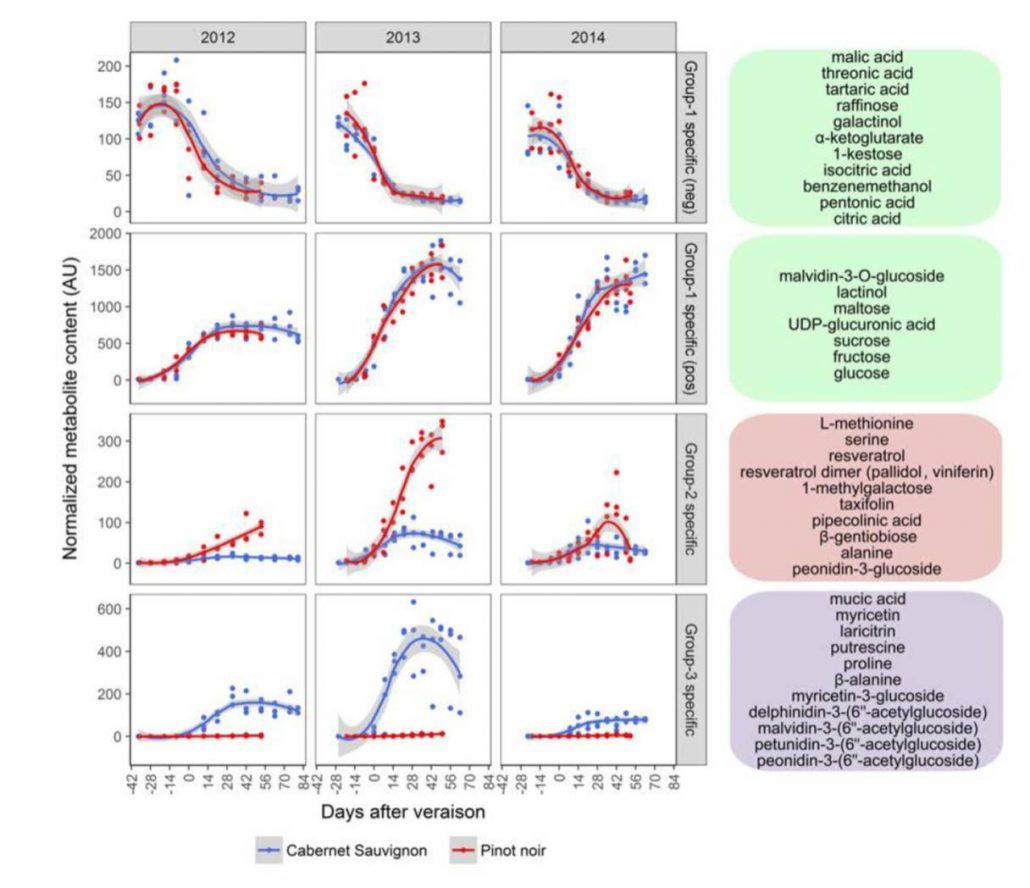
Molecular events marking the onset of berry ripening in grapevine (Plant Physiol)
Plant Science Research WeeklyDo you know the difference between a wine made from Pinot noir grapes and one made from Cabernet Sauvignon grapes? Most people can taste a difference, but to really understand the wines you might want to go a bit deeper through metabolomic and transcriptomic approaches, as done by Fasoli et al. (in a…
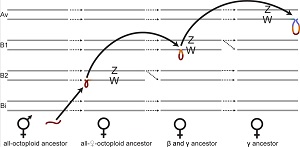
Plant sex regions can “jump” in strawberry (PLOS Biol.)
Plant Science Research WeeklySex chromosome restructure has happened frequently during the evolution of eukaryotes, often resulting in highly differentiated sex chromosomes. However, little is known about this process in plants. The wild North American octoploid strawberries (Fragaria) have separate sexes with homomorphic, female…
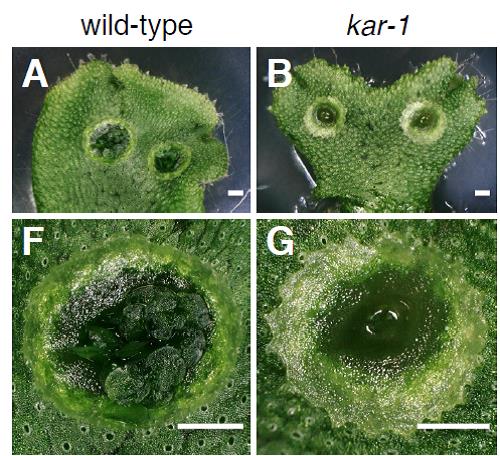
A RopGEF regulates asexual reproduction in the liverwort Marchantia polymorpha
Plant Science Research WeeklyComplex developmental programs regulate tissue and organ formation throughout the green plant lineage, from early diverging non-vascular lineages (bryophytes) to vascular flowering (angiosperm) plants. In the model liverwort Marchantia polymorpha, epidermal patterning gives rise to surface structures…
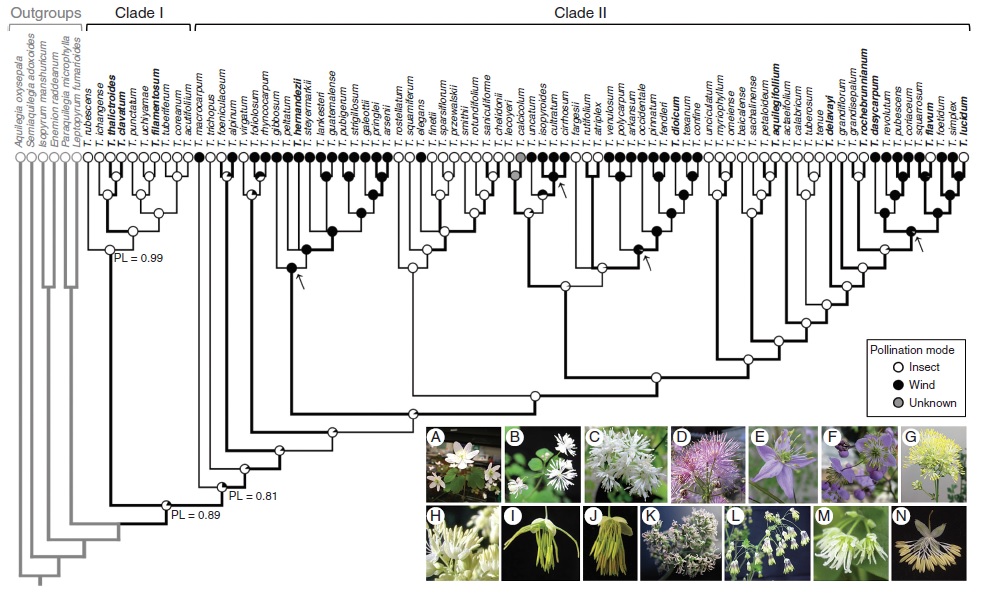
The fate of scent in insect- vs. wind-pollinated flowers ($) (Ann. Bot)
Plant Science Research WeeklyFlower traits (mainly flower colour, position, shape, size, reward and scent) in present-day plants are the result of past selection pressures. Among these traits, scent is a crucial component mediating pollinator attraction, and is often greatly reduced in abiotic-pollinated plants. Wang et al. characterize…
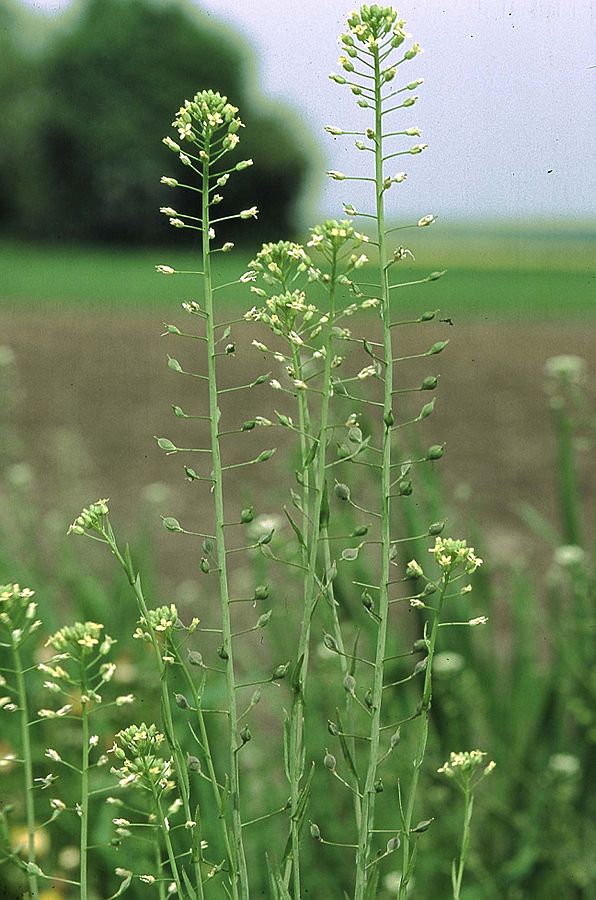
Expression of FLOWERING LOCUS C differentiates summer and winter biotypes of Camelina sativa (Plant Direct)
Plant Science Research WeeklyCamelina sativa is a member of the Brassicaceae family that is grown as an oilseed crop. It has summer and winter flowering biotypes, the latter of which requires vernalization to induce flowering. These two biotypes allow for double-cropping, and the winter-flowering biotype can also be used as a…
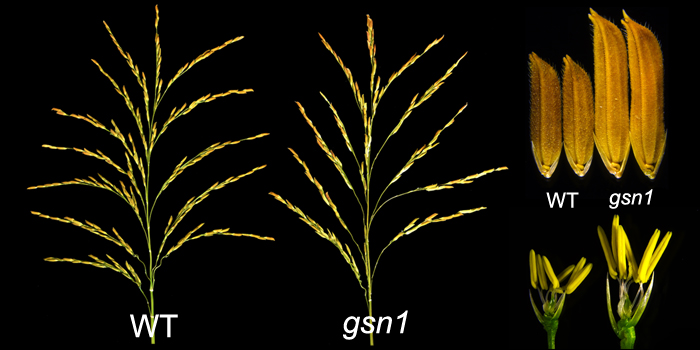
Rice Panicle Morphogenesis: Intercommunication Between Grain Number and Size
Research, The Plant Cell, The Plant Cell: In a NutshellGuo et al. investigate the trade-off between seed number and seed size of rice. Plant Cell (2018) https://doi.org/10.1105/tpc.17.00959.
By Tao Guo, Ke Chen, Nai-Qian Dong, Chuan-Lin Shi, Wang-Wei Ye, Ji-Ping Gao, Jun-Xiang Shan, Hong-Xuan Lin
Background: Rice is one of the main staple cereal crops…
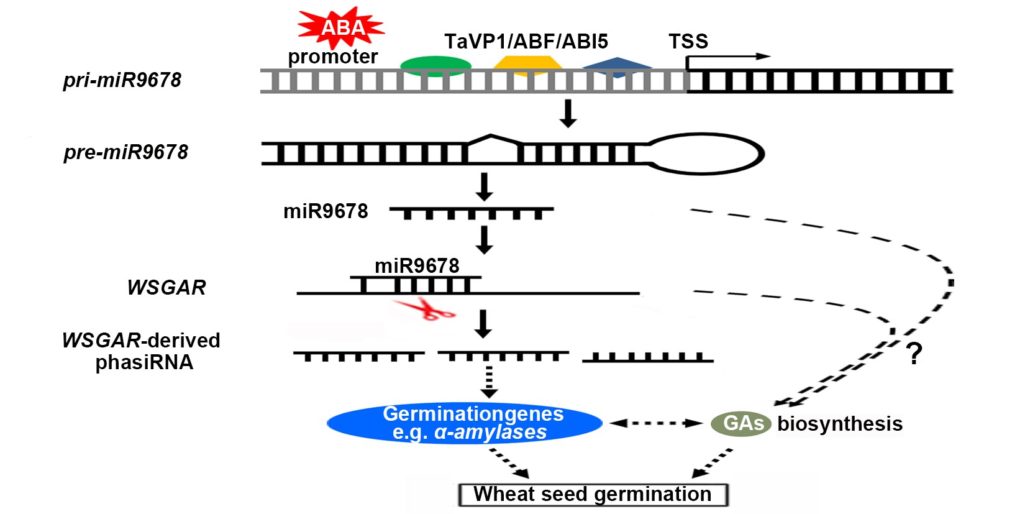
miRNA-Mediated Regulation of Germination
Research, The Plant Cell, The Plant Cell: In a NutshellGuo et al. show that miR9678 affects seed germination in wheat by generating phased siRNAs and modulating abscisic acid/gibberellin signaling. Plant Cell https://doi.org/10.1105/tpc.17.00842
By Guanghui Guo and Yingyin Yao
Background: Seed germination is important for grain yield and quality…
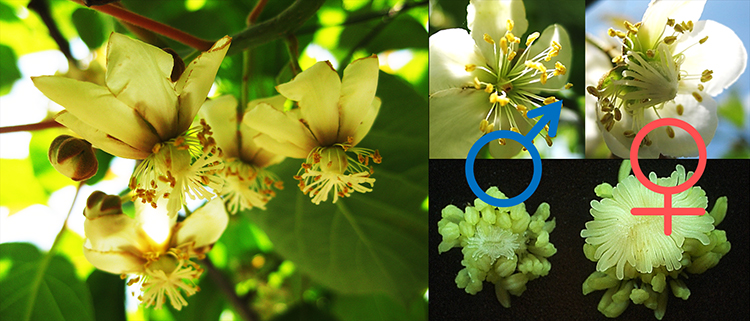
Gender Identity in Kiwifruit
Research, The Plant Cell, The Plant Cell: In a NutshellAkagi et al. identify a gender determining gene in kiwifruit. The Plant Cell (2018). https://doi.org/10.1105/tpc.17.00787
By T. Akagi, I. M. Henry, H. Ohtani, T. Morimoto, K. Beppu, I. Kataoka, and R. Tao
Background: In flowering plants, hermaphroditism, or the presence of both male and female…

Feedback regulation of COOLAIR expression controls seed dormancy and flowering time ($)
Plant Science Research WeeklyFLOWERING LOCUS C (FLC) and FLOWERING LOCUS T (FT) are proteins required for seasonal sensing in plants. Specifically, FLC and FT control seed dormancy and flowering time. In the control of flowering time, FLC expression is regulated by the prolonged-cold induction of antisense transcripts at FLC known…

